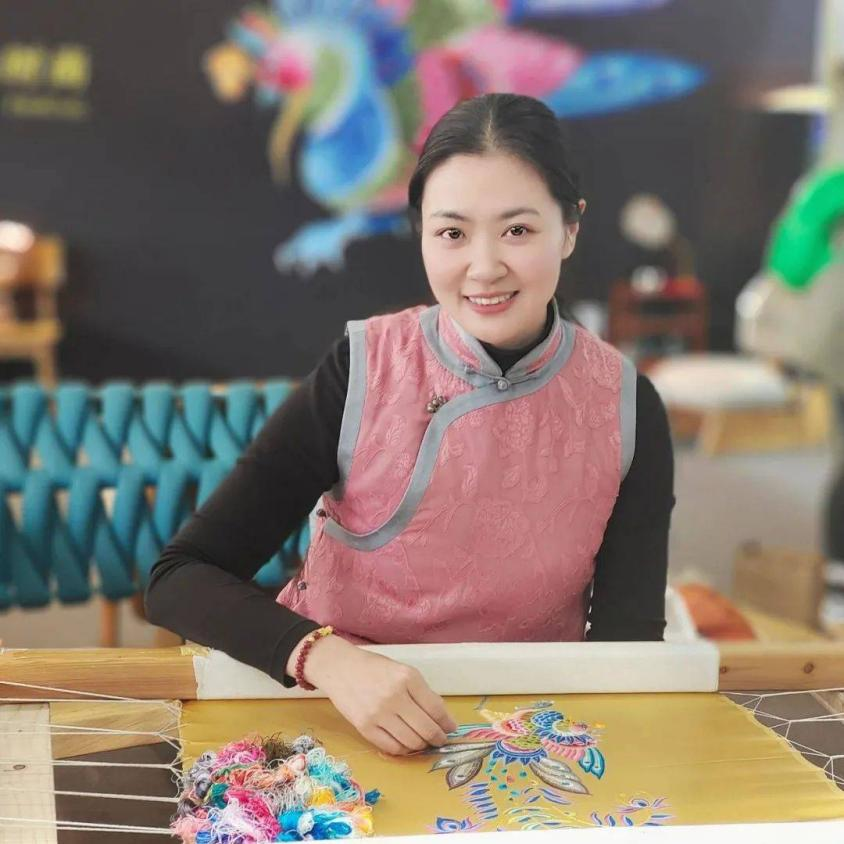
Jing embroidery, also known as palace embroidery, is a traditional embroidery technique in ancient Chinese courts with a long history. It originated in the Tang Dynasty, flourished during the Song and Liao dynasties, and reached its peak in the Ming and Qing dynasties. Jing embroidery, with its exquisite skills and unique aesthetic style, has become one of the Eight Wonders of Yanjing. Especially in the Qing Dynasty, Jing embroidery was widely used in palace costumes and decorations, demonstrating high artistic value and cultural connotations.
Beijing Embroidery has a variety of stitches, inheriting the essence of Suzhou Embroidery and other skills, including Qi stitch, Wo stitch, and set stitch. The combination of these stitches can produce rich lines and patterns, showing unique artistic effects. Its color application is exquisite, with five colors as its characteristic, emphasizing the coordination and unity between colors. The use of large areas of gold is also a major feature, often used for embroidering dragon and phoenix patterns, reflecting the royal aura and aesthetics.
In recent years, Beijing embroidery has gained new development opportunities in Longyao County, Hebei Province. Relying on clothing production enterprises, the local area has introduced traditional Beijing embroidery techniques, established intangible cultural heritage bases, provided skill training for local women, driven employment, and brought new brilliance to this ancient art in the new era. Jingxiu is not only a representative of China’s excellent traditional culture, but also plays an important role in enhancing the country’s cultural soft power, inheriting Chinese culture, and promoting international cultural exchange and cooperation.
Zhao Jinbaizhi, the fourth generation inheritor of Beijing embroidery, is committed to the inheritance and promotion of Beijing embroidery skills and culture. Zhao Jinbaizhi not only has significant achievements in the commercial field, but also has profound knowledge in the cultural and artistic fields. She systematically studied various needlework techniques of Beijing embroidery and combined them with modern fashion design, forming her own unique artistic design style. In addition, Zhao Jinbaizhi actively participated in various cultural lectures and activities, such as lectures and activities at Zhejiang Textile and Clothing Vocational and Technical College in Beijing, Ningbo Institute of Materials Engineering of University of Science and Technology of China, and Ziyun Campus of Hounancang Primary School. Through sharing the history and development of Beijing embroidery, showcasing its techniques and practical operations, Zhao Jinbaizhi helped more people understand and appreciate the art of Beijing embroidery, and also promoted the inheritance and development of this intangible cultural heritage.



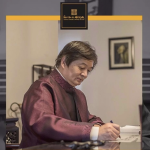
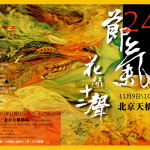




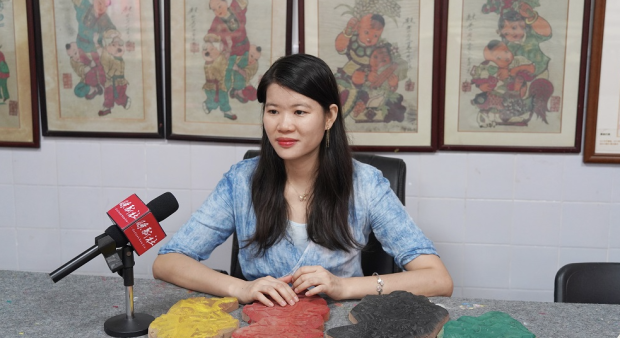

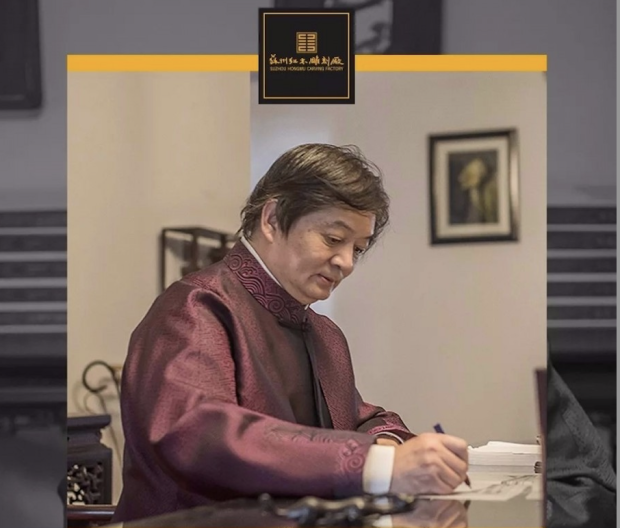
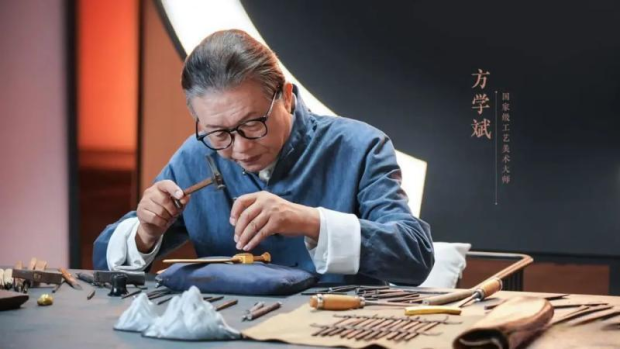

Be the first to leave a comment